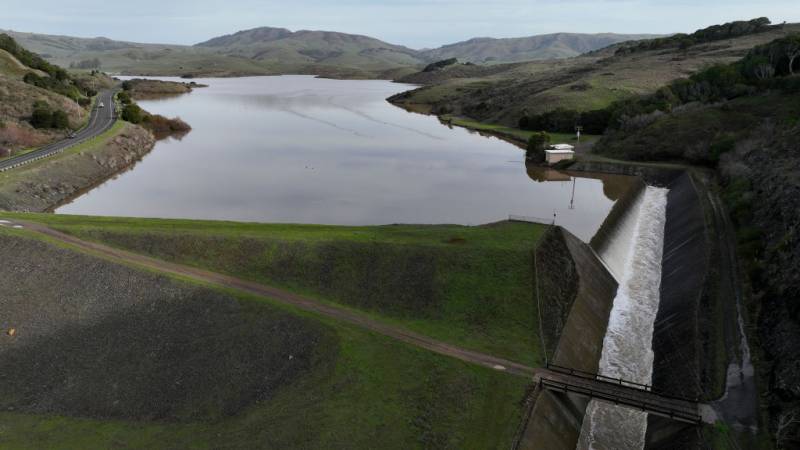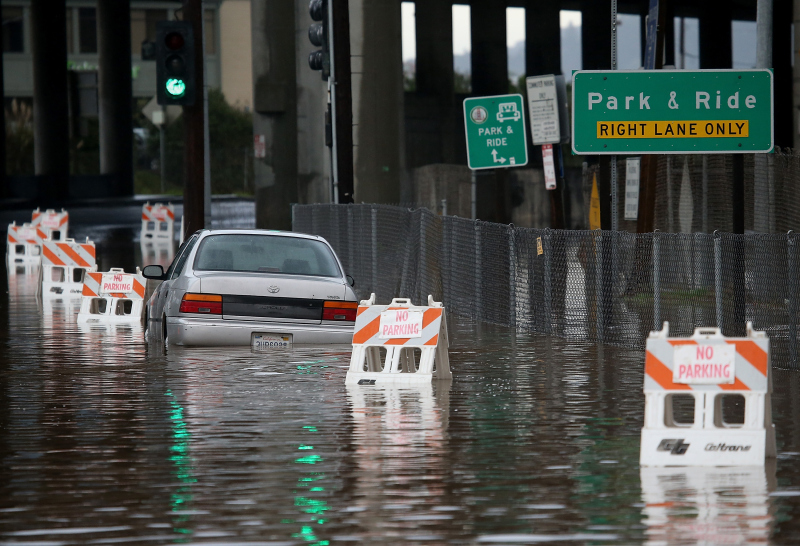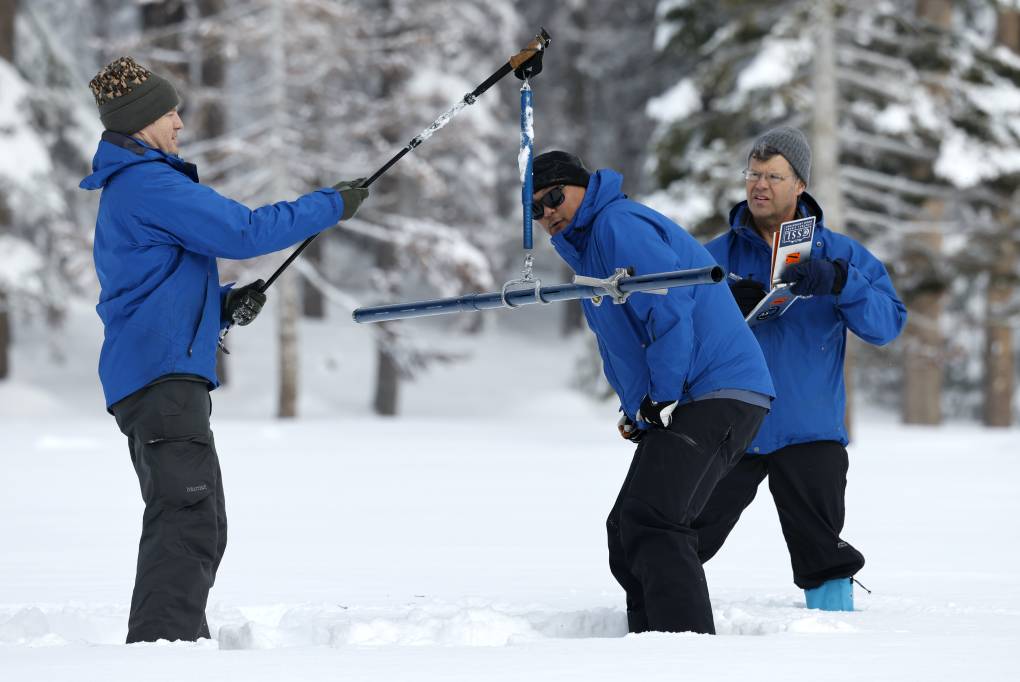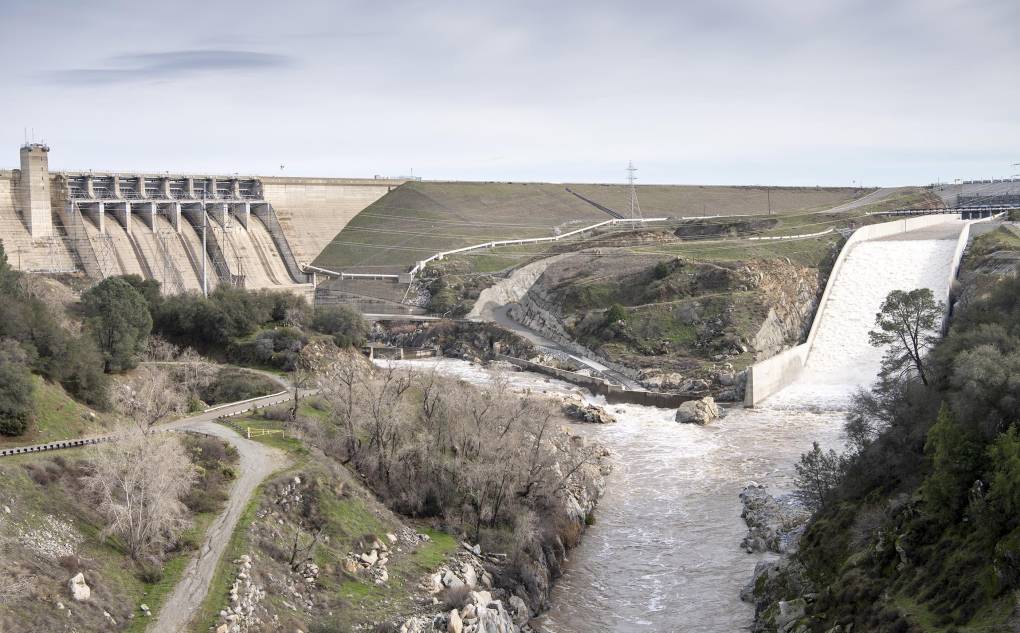The new year in California has gotten off to a very wet, rocky start.
Over the last two weeks, the state has experienced an unrelenting and deadly series of storms — or “bomb cyclones” — that have delivered an onslaught of flooding, landslides, fallen trees and power outages, inflicting an estimated billion dollars of damage, and causing at least 19 deaths.
And the barrage isn’t over, as yet another series of storms move in over the weekend.

But there is a silver lining to these so-called atmospheric rivers: They’ve delivered a much-needed resource that our perennially dehydrated state, ironically, needs much more of.
For the last four years, California has experienced a devastating drought that has depleted its reservoirs, forced officials to plead with residents to conserve water and constrained supplies to municipalities and vital farmland. Now, with the snowpack at 174% of the historical average this year — the third-best measurement in the past four decades — Californians could be forgiven for thinking the drought may soon be over.
But while the recent massive dump of precipitation has already helped alleviate drought conditions and replenish reservoirs — with the storms pushing much of the state out of the “extreme drought” category — experts say that positive impact will likely be ephemeral, and fall far short of pulling California out of its protracted state of climate-change fueled drought.



